I have been creating pods with type:deployment but I see that some documentation uses type:pod, more specifically the documentation for multi-container pods:
apiVersion: v1
kind: Pod
metadata:
name: ""
labels:
name: ""
namespace: ""
annotations: []
generateName: ""
spec:
? "// See 'The spec schema' for details."
: ~
But to create pods I can just use a deployment type:
apiVersion: extensions/v1beta1
kind: Deployment
metadata:
name: ""
spec:
replicas: 3
template:
metadata:
labels:
app: ""
spec:
containers:
etc
I noticed the pod documentation says:
The create command can be used to create a pod directly, or it can create a pod or pods through a Deployment. It is highly recommended that you use a Deployment to create your pods. It watches for failed pods and will start up new pods as required to maintain the specified number. If you don’t want a Deployment to monitor your pod (e.g. your pod is writing non-persistent data which won’t survive a restart, or your pod is intended to be very short-lived), you can create a pod directly with the create command.
Note: We recommend using a Deployment to create pods. You should use the instructions below only if you don’t want to create a Deployment.
But this raises the question of what kind:pod is good for? Can you somehow reference pods in a deployment? I didn't see a way. It looks like what you get with pods is some extra metadata but none of the deployment options such as replica or a restart policy. What good is a pod that doesn't persist data, survives a restart? I think I'd be able to create a multi-container pod with a deployment as well.



